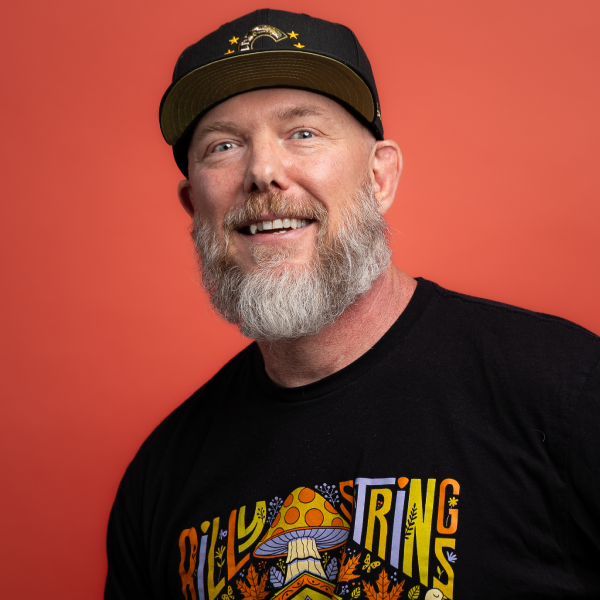Like it or not, social media gives people a platform for commenting on your products, your service orientation, your pricing, your people, your competitors, your industry, and more. These conversations happen candidly in real-time and have the potential of turning into global discussions in the blink of an eye. Ignore these conversations at your peril — monitoring social media matters now more than it ever has.
Historically, marketing teams have owned the social media accounts of their organizations. After all, it is they who are typically the stewards of the brand’s tone, colors, fonts, messaging, and image. But beyond how the brand image is represented on social channels, forward-thinking marketers also think in terms of generating visits, leads, and customers from social media on a daily basis. Bringing in a new audience on social media helps to drive growth throughout the entire funnel and most importantly, deliver ROI on social marketing investment.
But the monopoly marketing once had on social media is gone. The actions of every employee in the organization can unravel marketing efforts, seriously impacting the perception that consumers have of your brand. Conversely, the social strategies that the marketing team puts in place can affect everyone in the organization, from top to bottom and all spaces in-between.
That’s why in addition to promoting brand awareness and generating leads, marketers should use social media to relentlessly collect data with which they can create better inbound marketing campaigns, enable sales in closing more deals, and delight customers. Social marketers should see themselves as the point-person for organizational goals and growth.
Here are three aspects of social media every marketer should monitor closely:
Lead behavior based on what product or service they show interest in.
This is critical for empowering salespeople to put conversations in the context of their prospect’s interest. Identify the types of engagement that denote genuine interest and create content that plays to those behaviors.
Activity of thought leaders in your industry and the vernacular they use.
Watch what the big dogs in your business sector are saying and just as importantly the hashtags they use to say it. Watch their following and don’t be afraid to grow yours by engaging the same audience.
The conversation around the words and phrases that are core to your brand.
Understand the vernacular you use to communicate value by listening to how the world talks about the same topic. Or simply — have a conversation with your audience about your topic. Listen to the words they use when they converse. Use those same words in your messaging.
![20250616_SPW_SEOSmallBizGuideCTA • Sharp Wilkinson Boost Your Online Visibility! Unlock the secrets to a top-ranking website with our FREE SEO Guide for Small Businesses. [Download Your Guide Now!]](https://sharpwilkinson.com/wp-content/uploads/2025/06/20250616_SPW_SEOSmallBizGuideCTA-1024x512.png)





